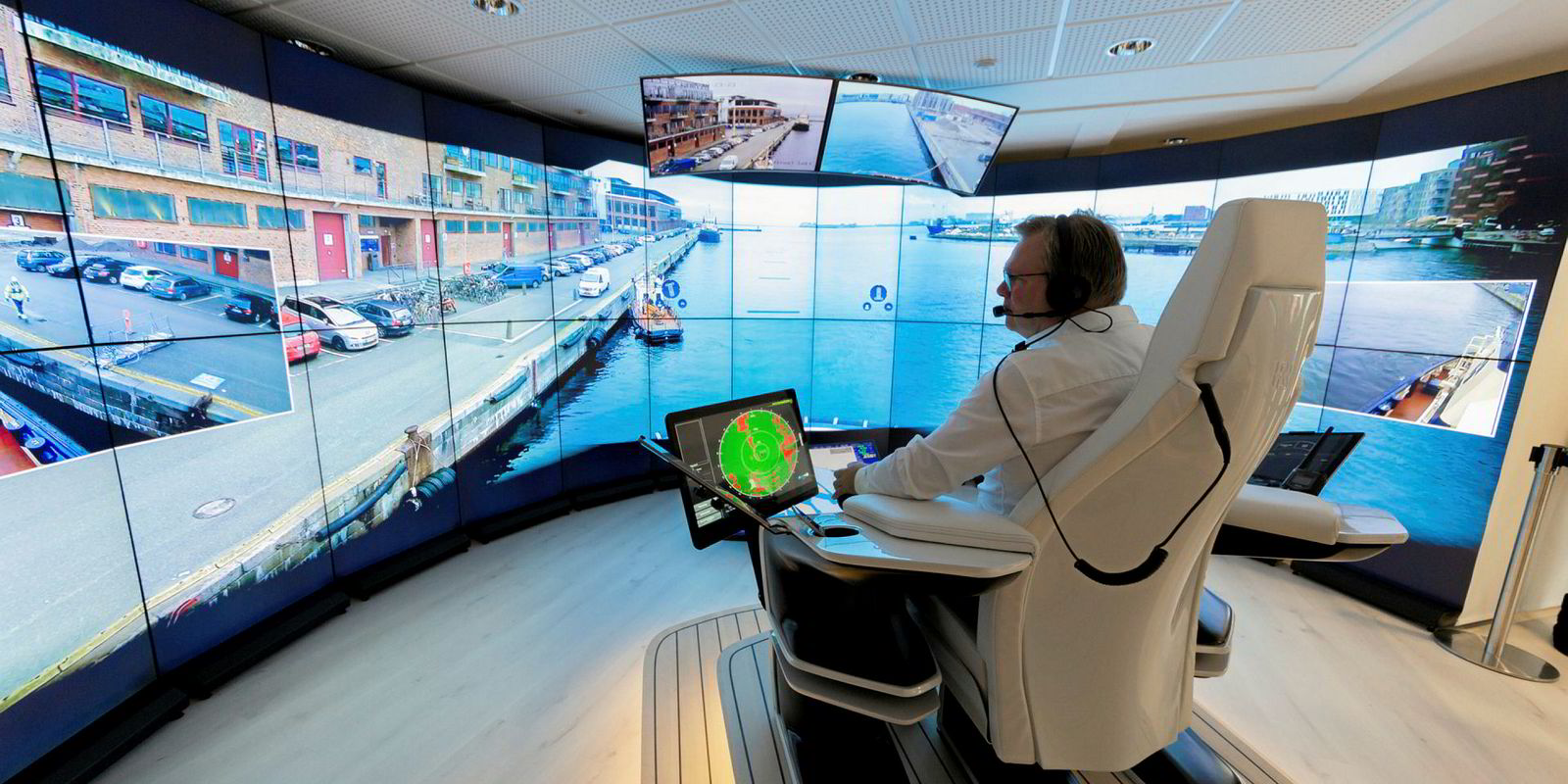Energy Efficiency Design Index (EEDI) standards due to be introduced in 2025 could be brought forward to 2022 for two ship types, an industry group proposes.
The standards are being reviewed after the IMO’s decision to set emission reduction targets.
The group, headed by the International Chamber of Shipping, includes the Liberian Registry, Intertanko, Bimco, the Cruise Lines International Association and the Independent Parcel Tankers Association.
It wants the phase-in dates for efficiency standards to be reviewed sector by sector.
The alliance acknowledges that there is scope to bring the Phase III standards forward for containerships and general cargoships. But it says large tankers and bulkers and other ship types — gas carriers, ro-ro vehicle carriers, reefers and cruiseships — would face difficulty in meeting the higher standards if they were phased in early.
Reductions proposed
Despite efforts to introduce energy-saving devices, the group adds, the only option open to improve large bulker and tanker energy efficiency is to reduce installed power or deadweight.
It says that when the EEDI standards were agreed, bulkers and tankers were already being designed for lower service speeds, reflecting the difficult market conditions of the time, and it believes there is little scope for further reductions.
Reducing deadweight is also an unlikely option, the group says.
“There have been claims that the EEDI values of large bulk carriers and tankers could be improved by measures which would in effect make ships smaller and reduce deadweight. Making these ships smaller would ease EEDI compliance, it would also make them less efficient,” it said in a submission to the IMO.
“The EEDI lines are curves and do not represent a constant degree of efficiency. Making ships less efficient in order to ease compliance with a measure which is intended to promote more efficient ships cannot be considered sensible...
“Since bulk carriers and tankers are already being provided with modest levels of installed power, relative to ship size, any reductions in power are much more likely to result in these ship types approaching the point at which safety risks being compromised.”






